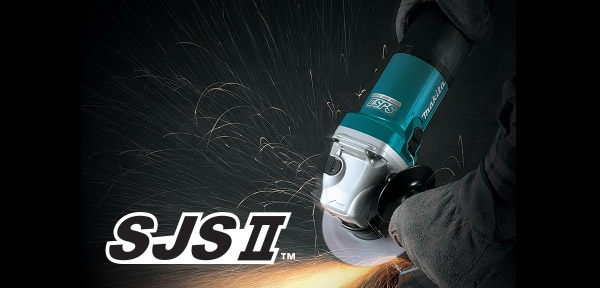Aug . 06, 2024 08:28 Back to list
Custom Solutions for High-Performance Froth Pumps from Leading OEM Manufacturers Expertly Designed for Efficiency
Understanding OEM Froth Pump Factories Meeting the Demands of Modern Industries
In the evolving landscape of industrial machinery, the significance of specialized equipment cannot be overstated. One such critical component is the froth pump, particularly in industries like mining, wastewater treatment, and chemical processing. Original Equipment Manufacturers (OEMs) play an essential role in this ecosystem, providing tailored solutions that address specific operational needs. This article explores the importance of OEM froth pump factories and their contributions to various sectors.
The Role of Froth Pumps in Industries
Froth pumps are designed to handle the challenging task of transporting slurries that contain a significant amount of air or froth. These pumps are crucial in processes such as flotation in mineral processing, where separating valuable minerals from waste is vital. The design of a froth pump minimizes air entrapment and maximizes the flow of slurry, ensuring efficient operation and high recovery rates.
As industries face increasing pressure to enhance productivity while reducing costs, the demand for reliable and efficient pumping solutions has surged. Here, OEM froth pump factories come into play, offering a range of customizable options that cater to unique operational challenges.
Advantages of OEM Froth Pumps
1. Customization OEM froth pump manufacturers work closely with customers to design pumps that meet specific requirements. This customization may include variations in size, material, and design features tailored to particular applications, ensuring optimal performance.
2. Quality Control Established OEM factories adhere to strict quality control processes, ensuring that every product meets industry standards and performs reliably under various operational conditions. This focus on quality leads to reduced downtime and maintenance costs for end-users.
3. Innovation OEM manufacturers often invest significantly in research and development, leading to innovative designs that improve efficiency and performance. By incorporating the latest technology and materials, these factories can develop pumps that are not only more efficient but also more durable.
4. Support and Service Partnering with an OEM often includes access to expert support and service. This support can range from installation guidance to ongoing maintenance services, ensuring that clients can maximize the lifespan and efficiency of their pumps.
oem froth pump factory

The Manufacturing Process in OEM Froth Pump Factories
The production of froth pumps in OEM factories involves several critical stages, including
1. Design Engineers collaborate with clients to develop pump specifications that meet operational demands, considering factors such as flow rate, head requirements, and slurry characteristics.
2. Material Selection Based on the application, appropriate materials – such as high-chrome alloys or rubber linings – are selected to enhance durability and resist wear from abrasive slurries.
3. Fabrication Advanced manufacturing techniques, including casting, machining, and welding, are employed to create pump components. Precision engineering is essential to ensure that parts fit together seamlessly and function as intended.
4. Assembly and Testing After fabrication, pumps are assembled and subjected to rigorous testing to verify performance against design specifications. This step is crucial for ensuring reliability and longevity in the field.
5. Delivery and Support Once tested, pumps are delivered to clients, who receive comprehensive documentation and support resources to facilitate installation and operation.
Conclusion
As industries continue to evolve and face new challenges, the role of OEM froth pump factories becomes increasingly crucial. With their emphasis on customization, quality, and innovation, these manufacturers play a pivotal role in providing reliable solutions that drive efficiency and productivity. Investing in OEM froth pumps not only enhances operational performance but also sets the foundation for sustained growth and competitiveness in the market. As we move forward, collaboration between industries and OEMs will be key to addressing the demands of a dynamic industrial landscape.
-
High Quality Slurry Pump Seals Reliable China Suppliers & Manufacturers
NewsJun.24,2025
-
High Quality Portable Submersible Slurry Pump Supplier & Manufacturer from China
NewsJun.10,2025
-
Slurry Pump Parts Manufacturer – High Quality Rubber Spare Parts from China
NewsJun.10,2025
-
High Quality 1/3 HP Submersible Sump Pump with Vertical - Reliable Supplier & Factory Price
NewsJun.10,2025
-
High-Efficiency Centrifugal Slurry Pumps India
NewsJun.10,2025
-
High Quality Warman Centrifugal Slurry Pump Suppliers & Factory
NewsJun.10,2025
